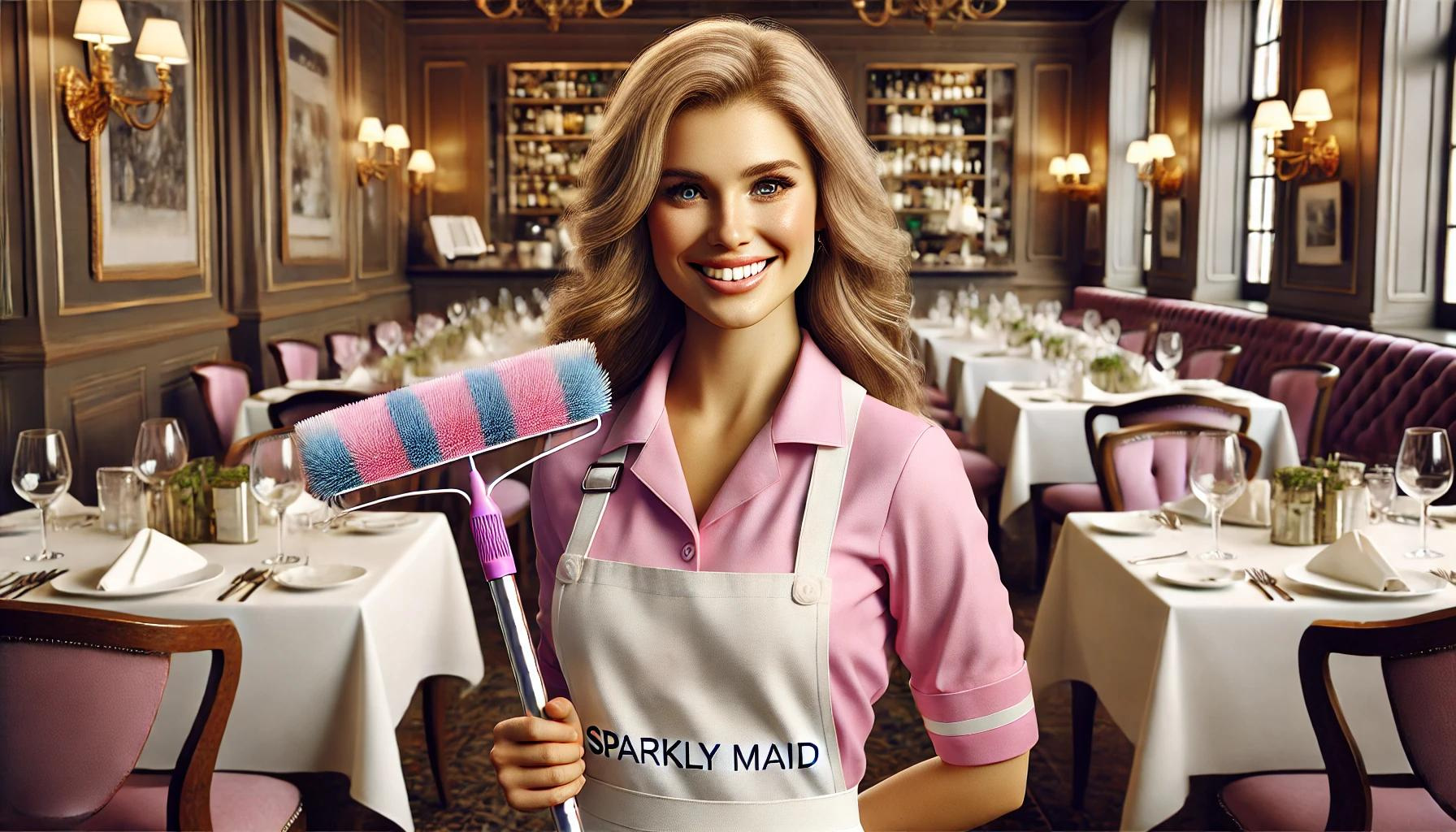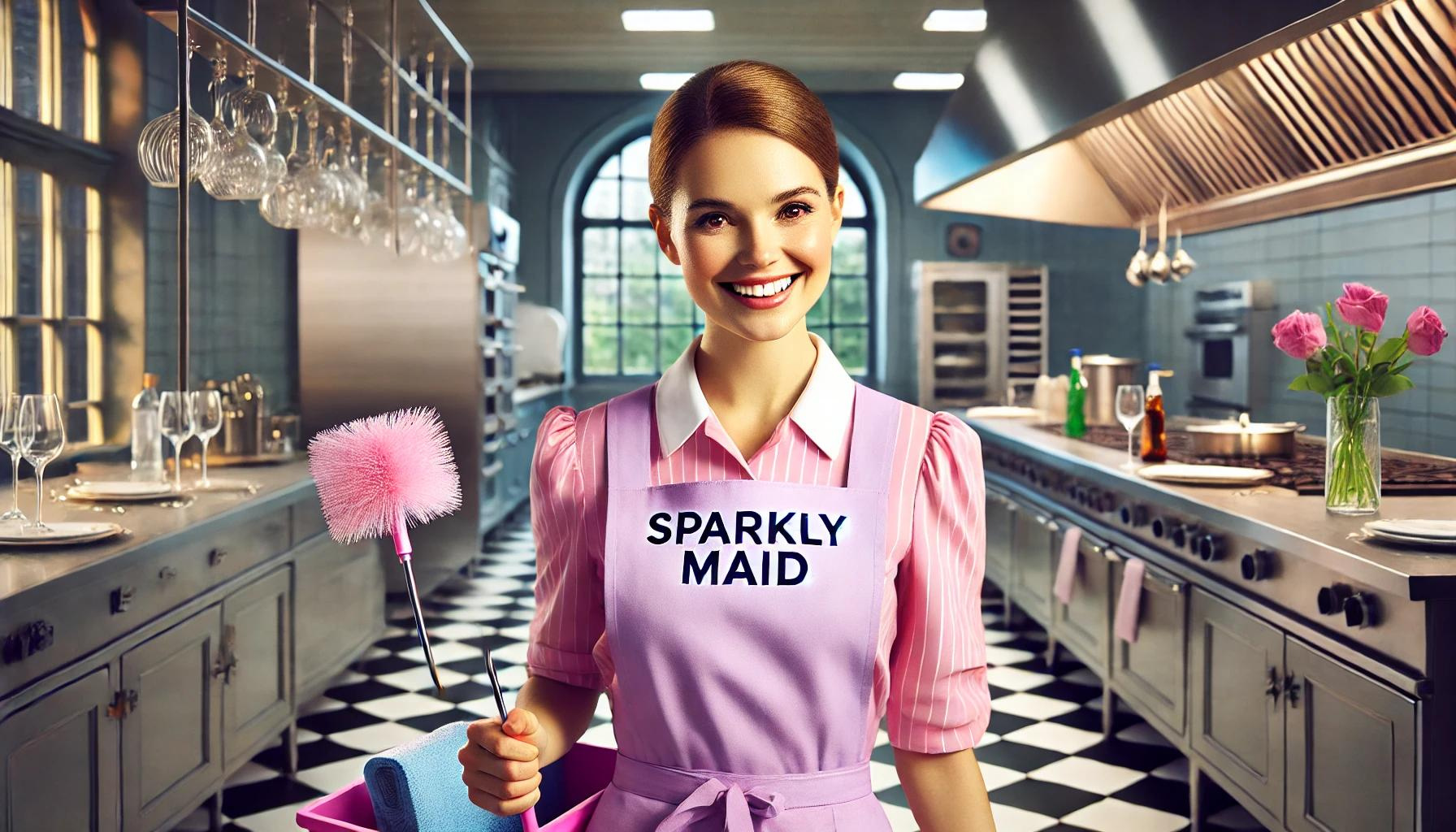Essential Restaurant Cleaning Tips For A Safe And Hygienic Dining Experience
Essential Restaurant Cleaning Tips For A Safe And Hygienic Dining Experience
Running a restaurant isn't just about serving delicious food; it's also about maintaining impeccable cleanliness. A spotless environment not only ensures the health and safety of customers but also reflects the establishment's commitment to quality. As someone who's spent years in the industry, I know firsthand that effective restaurant cleaning requires more than just a quick sweep and mop.
From scrubbing kitchen surfaces to sanitizing dining areas, every corner needs attention. Regular deep cleans can prevent potential hazards like cross-contamination and pest infestations. In this article, I'll share essential tips and best practices for keeping your restaurant sparkling clean, ensuring it remains inviting for diners and compliant with health regulations.
Importance Of Restaurant Cleaning
Keeping a restaurant clean impacts customer health and satisfaction. Patrons trust that their meals are prepared in a sanitary environment, and cleanliness reinforces this trust. Unhygienic conditions can lead to foodborne illnesses, endangering both customers and the business.
A spotless restaurant helps maintain the establishment's reputation. Word of mouth spreads quickly, and patrons share their dining experiences online. Positive reviews often mention cleanliness as a key factor in returning visits.
Regulatory compliance is another critical aspect of maintaining cleanliness. Health inspections ensure that restaurants adhere to standards set by local authorities which affect operational licenses. Failing these inspections risks hefty fines or closures jeopardizing business viability.
Employee morale also benefits from a clean working environment. Staff productivity increases when they don’t struggle against grime or disorganization during shifts enhancing overall efficiency.
Finally, extending equipment life relies on regular cleaning practices in kitchens where grease buildup can damage appliances over time costing thousands in repairs or replacements.
Key Areas To Focus On
Effective restaurant cleaning requires attention to several key areas. Each area serves a different purpose yet contributes equally to overall cleanliness.
Kitchen Cleaning
Prioritize kitchen surfaces and utensils, as they are critical for food safety. Regularly sanitize countertops, cutting boards, and equipment (e.g., ovens, refrigerators). Use commercial-grade cleaners that meet health standards. Schedule deep cleaning of appliances weekly to prevent grease buildup which can cause fire hazards.
Dining Area Cleaning
Ensure all tables and chairs are cleaned after each use. Floors must be swept and mopped daily with an appropriate disinfectant solution. Vacuum any carpeted areas regularly to remove dirt and allergens. Clean menus frequently since customers handle them often.
Restrooms
Check restrooms multiple times throughout the day. Stock supplies like soap, toilet paper, and hand towels consistently. Disinfect sinks, toilets, mirrors daily using high-quality restroom cleaners; don't forget door handles which can harbor germs.
Best Practices For Restaurant Cleaning
Restaurant cleaning needs systematic approaches to ensure consistent hygiene standards.
Daily Cleaning Checklist
Certain tasks require daily attention. I focus on:
Surfaces: Wipe down tables, counters, and kitchen surfaces after each use.
Floors: Sweep and mop dining area floors nightly.
Restrooms: Clean and disinfect restrooms multiple times a day.
Equipment: Sanitize cooking utensils after every shift.
Daily efforts prevent buildup of dirt, ensuring sanitary conditions for both customers and staff.
Weekly Cleaning Tasks
Comprehensive weekly routines target areas that don’t need daily maintenance:
Appliances: Deep clean ovens, grills, and fryers to remove grease accumulations.
Storage Areas: Organize pantries, check expiration dates, wipe shelves clean.
Windows/Mirrors: Wash windows inside out; polish mirrors in the restroom areas for clear visibility.
Recurring weekly tasks contribute to a well-kept environment by addressing gradual accumulation of dirt or grime.
Ventilation Systems/Ceiling Fans/Air Ducts: Inspect and clean all air circulation aids; prevents dust build-up affecting air quality.
Specialized monthly tasks help maintain comprehensive cleanliness throughout the restaurant setting.
Choosing The Right Cleaning Products
Selecting the appropriate cleaning products is essential for maintaining a sanitary restaurant. Each product type serves a specific purpose, ensuring that every aspect of your establishment remains spotless and complies with health regulations.
Eco-Friendly Options
Eco-friendly products play an important role in sustainable practices. These green cleaners are biodegradable, non-toxic to both humans and pets. Brands like Seventh Generation and Method provide effective solutions without harsh chemicals or synthetic fragrances. Using these options helps protect the environment while keeping dining areas safe.
Disinfectants And Sanitizers
Disinfectants and sanitizers are crucial for eliminating pathogens that may cause foodborne illnesses. Effective choices include quaternary ammonium compounds (quats), chlorine-based disinfectants, and hydrogen peroxide solutions. They should meet EPA standards for efficacy against bacteria and viruses. Regular application on high-touch surfaces like door handles, countertops, and restroom fixtures ensures compliance with safety protocols.
Hiring Professional Cleaning Services
Professional cleaning services can significantly enhance the cleanliness and hygiene standards of a restaurant. With their expertise, specialized equipment, and systematic approach, they ensure a spotless environment that meets health regulations.
Benefits Of Professional Services
Professional cleaning services come with several benefits:
Expertise: Trained staff follow detailed protocols for sanitation (examples include HACCP guidelines and FDA regulations).
Efficiency: High-quality tools such as industrial-grade vacuums reduce cleaning time while ensuring thoroughness.
Compliance: Professionals stay updated on local health codes which helps in passing inspections smoothly.
Consistency: Regular schedules guarantee consistent cleanliness (daily sanitizing of surfaces or monthly deep cleans).
How To Choose A Reliable Service
Selecting a reliable service is crucial to maintaining optimal hygiene:
Reputation: Check reviews on platforms like Yelp to evaluate customer satisfaction.
Certifications: Verify credentials like OSHA training or Green Seal certification which indicate adherence to industry standards.
Experience: Prefer companies specializing in restaurant cleaning due to specific knowledge requirements (kitchen exhaust systems or grease traps).
Insurance Coverage: Ensure they have liability insurance covering potential damages during the service period.
By carefully selecting professional cleaners based on these criteria you'll ensure your restaurant remains clean safe and welcoming for all patrons.
Wrap-up thoughts
Maintaining a spotless restaurant is essential for safeguarding customer health and ensuring your business thrives. From daily cleaning routines to eco-friendly products choosing the right strategies will keep both patrons and staff happy. Investing in professional cleaning services can further elevate hygiene standards providing peace of mind and a consistently clean environment.
By adhering to best practices our restaurants can meet regulatory requirements avoid potential hazards and build a positive reputation. Remember cleanliness isn't just about aesthetics—it's about trust safety and long-term success in the competitive dining industry. Let's commit to making our establishments shine inside out!




